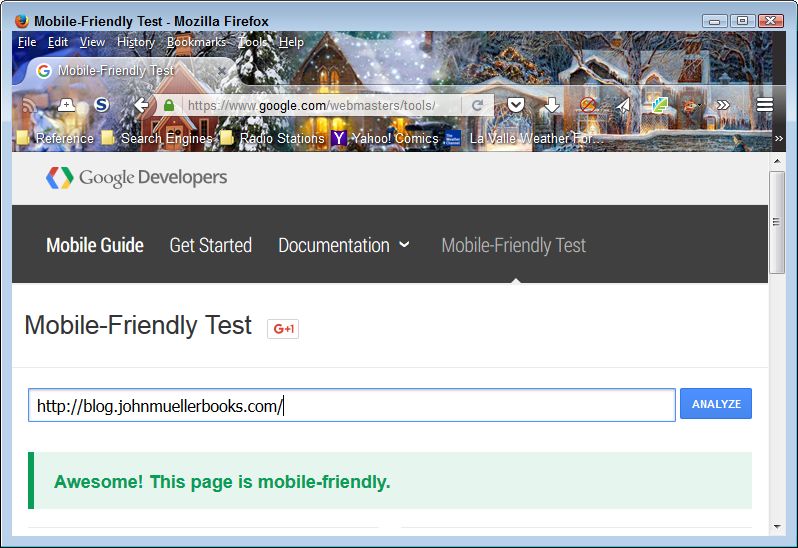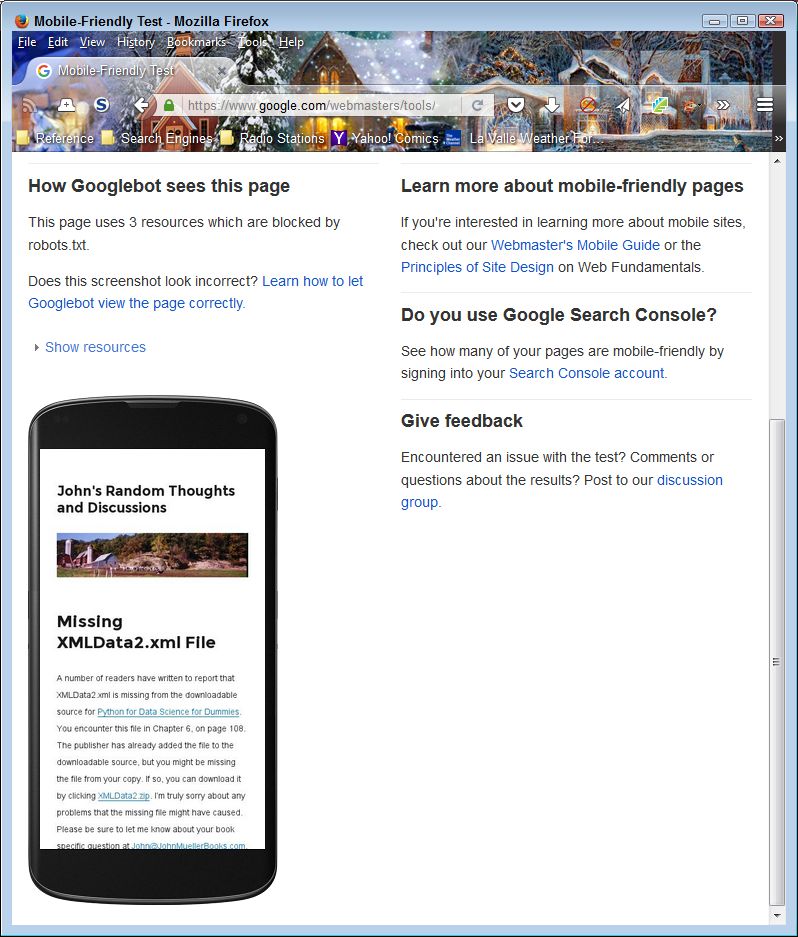This is an update of a post that originally appeared on May 23, 2016.
I’ve written more than a few times about the role that emotion plays in books, even technical books. Technical books such as Accessibility for Everybody: Understanding the Section 508 Accessibility Requirements and Machine Learning Security Principles are tough to write because they’re packed with emotion. The author not only must convey emotion and evoke emotions in the reader, but explore the emotion behind the writing. In this case, the author’s emotions may actually cause problems with the book content. The writing is tiring because the author experiences emotions in the creation of the text. The roller-coaster of emotions tends to take a toll. Three common emotions that authors experience in the writing of a book and that authors convey to the reader as part of communicating the content are apathy, sympathy, and empathy. These three emotions can play a significant role in the suitability of the book’s content in helping readers discover something new about the people they support, themselves, and even the author.
It’s a mistake to feel apathy toward any technical topic. Writers need to consider the ramifications of the content and how it affects both the reader and the people that the reader serve. For example, during the writing of Artificial Intelligence for Dummies, 2nd Edition, Python for Data Science for Dummies, and Machine Learning for Dummies, 2nd Edition Luca and I discussed the potential issues that automation creates for the people who use it and those who are replaced by it in the job market. Considering how to approach automation in an ethical manner is essential to creating a positive view of the technology that helps people use it for good. Even though apathy is often associated with no emotion at all, people are emotional creatures and apathy often results in an arrogant or narcissistic attitude. Not caring about a topic isn’t an option.
I once worked with an amazing technical editor who told me more than a few times that people don’t want my sympathy. When you look at sympathy in the dictionary, the result of having sympathy toward someone would seem positive, but after more than a few exercises to demonstrate the effects of sympathy on stakeholders with disabilities, I concluded that the technical editor was correct—no one wanted my sympathy. The reason is simple when you think about it. The connotation of sympathy is that you’re on the outside looking in and feel pity for the person struggling to complete a task. Sympathy makes the person who engages in it feel better, but does nothing for the intended recipient except make them feel worse. However, sympathy is still better than apathy because at least you have focused your attention on the person who benefits from the result of your writing efforts.
Empathy is often introduced as a synonym of sympathy, but the connotation and effects of empathy are far different from sympathy. When you feel empathy and convey that emotion in your writing, you are on the inside, with the person you’re writing for, looking out. Putting yourself in the position of the people you want to help is potentially the hardest thing you can do and certainly the most tiring. However, it also does the most good.
Empathy helps you understand that someone who loses a job to automation isn’t looking for a new career, the old one worked just fine. The future doesn’t look bright at all to them. Likewise, some with disabilities isn’t looking for a handout and they don’t want you to perform the task for them. They may, in fact, not feel as if they have a disability at all. It was the realization that using technology to create a level playing field so that the people I wanted to help could help themselves and feel empowered by their actions that opened new vistas for me. The experience has colored every book I’ve written since the first time I came to realize that empathy is the correct emotion to convey and my books all try to convey emotion in a manner that empowers, rather than saps, the strength the my reader and the people my reader serves.
Obviously, a good author has more than three emotions. In fact, the toolbox of emotions that an author carries are nearly limitless and its wise to employ them all as needed. However, these three emotions have a particular role to play and are often misunderstood by authors. Let me know your thoughts on these three emotions or about emotions in general at [email protected].


